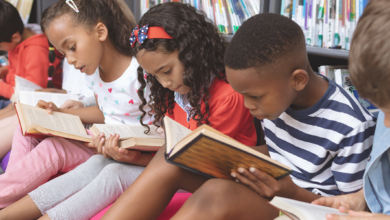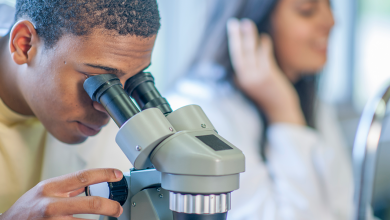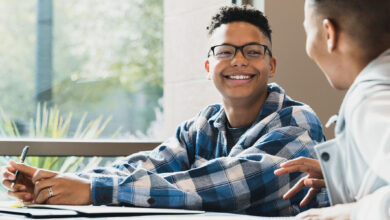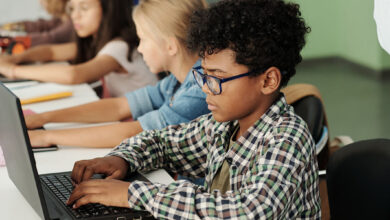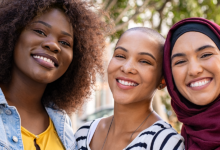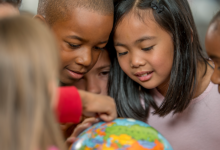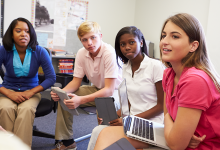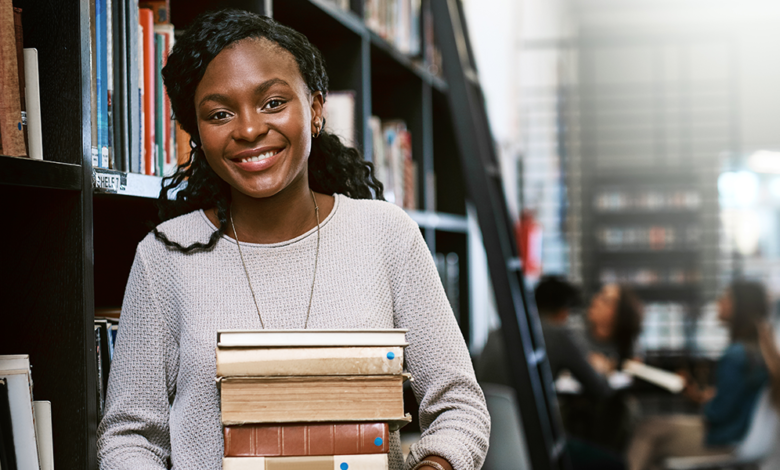
A bright spot for the future of education
By William I. Dawson | Khan Academy
The year 2020 will forever be known as the year that upended education. We are now more than 18 months into a global event that has forced both educators and administrators to rethink what the quality of education looks like, with most wondering if the learnings of the pandemic—the new tools for teaching, the new modes of working in schools, and even the new ways of thinking about education more broadly—will lead to lasting change. It’s ultimately led them to ask if the pandemic is an inflection point.
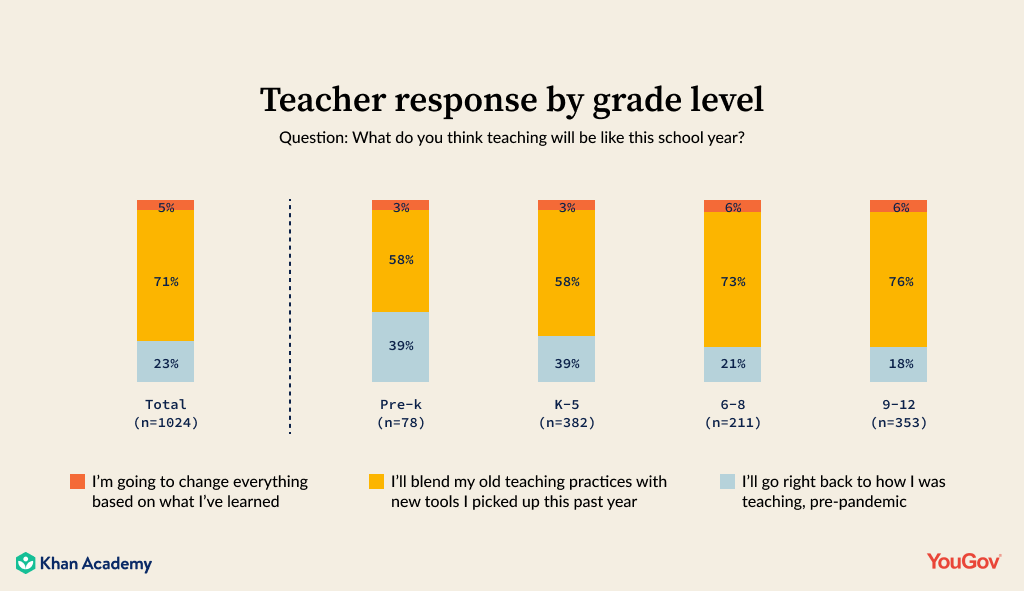
New research hints at what may be coming: more than three quarters of teachers say they plan to change the way they teach as a result of the pandemic. YouGov conducted a nationally representative survey of more than 1,000 teachers for Khan Academy between July 20 and August 12, 2021. The findings indicate that teachers intend to blend new tools picked up during the pandemic with their previous teaching practices.
The findings hold true across schools, regardless of poverty level. Overall, teachers are feeling more confident making adjustments in key areas, including increased collaboration with other teachers and even more communication with parents. Additionally, more than one-third of the teachers are willing to tackle the learning gaps that have arisen since last year, with 51% of those asked willing to use technology to increase student engagement, while 50% are willing to make necessary assessments and assign more challenging work to their students to accomplish that goal.
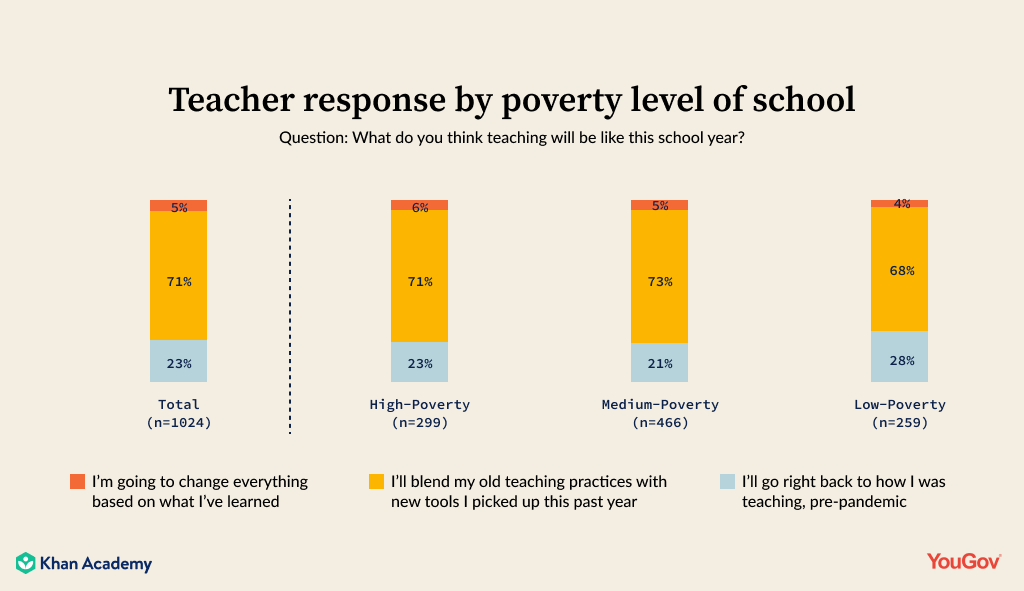
“Research shows us that students who help design, carryout, and evaluate their own learning experiences have better learning outcomes. Students who are taught how to do this and then given opportunities to do so have the skills to become lifelong learners,” said Kristen DiCerbo, Chief Learning Officer, Khan Academy.
The findings are also an opportunity to put the learnings of the pandemic to good use. Teachers can reflect on the tools and tactics that engage students and help them learn new skills. Education leaders can talk to teachers in their local areas and ask which tools worked—and which didn’t. Parents, who in many cases were sitting alongside their students during learning disruptions, may have insights too. Once these tools and practices are identified, education leaders and teachers can begin the work of integrating them into classrooms.
There’s an old saying that one should never let a crisis go to waste. The silver lining of this challenging time is that the nation’s teachers are ready, willing and able to provide an impactful education for their students. It’s that willingness that assures that everyone in education—leaders, teachers, parents, and students—will have a unique opportunity to use the learnings of the pandemic to reimagine the future.


